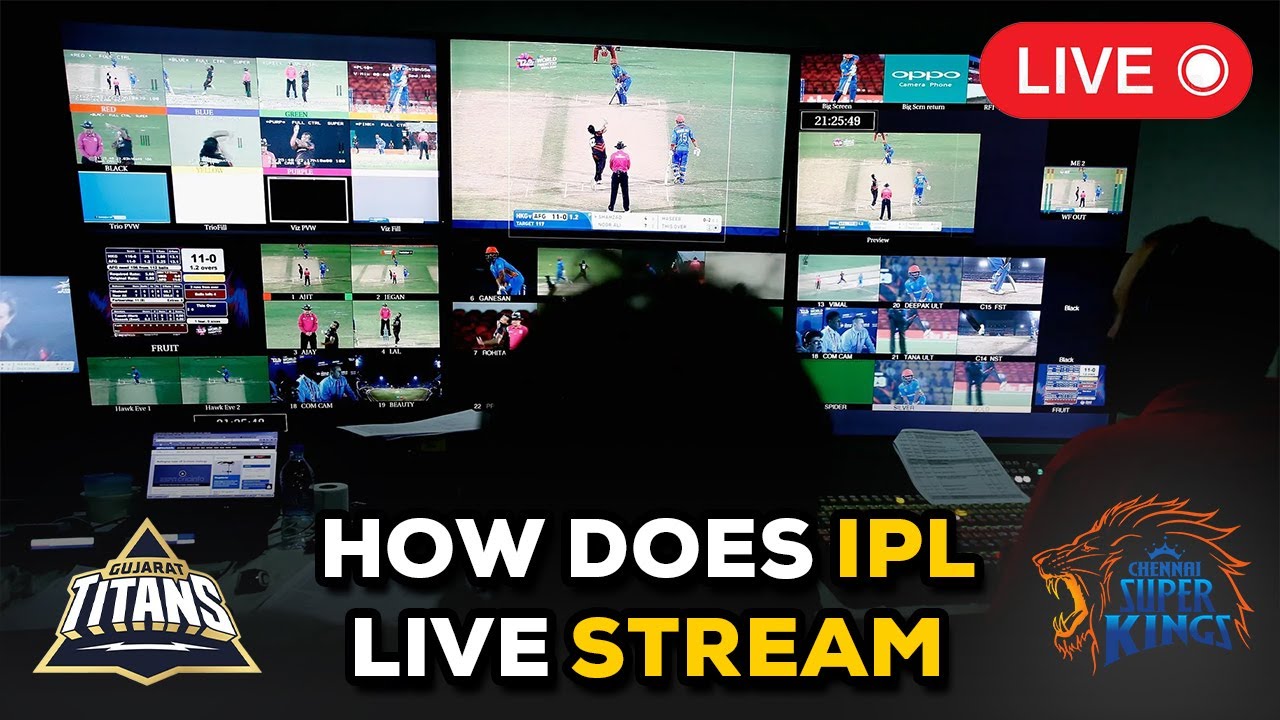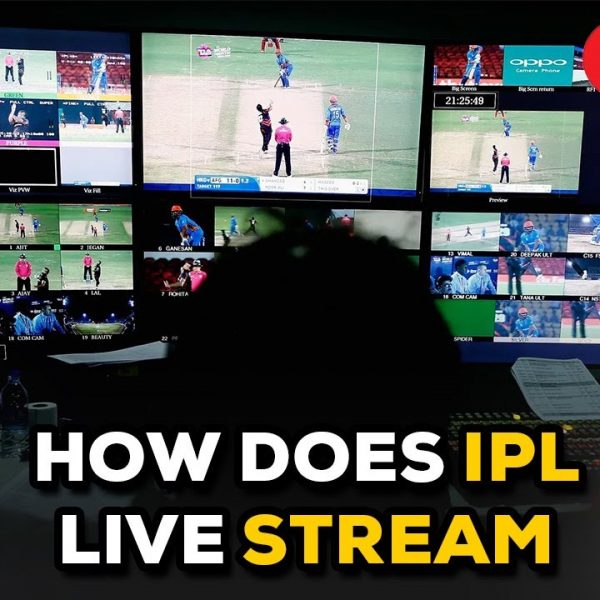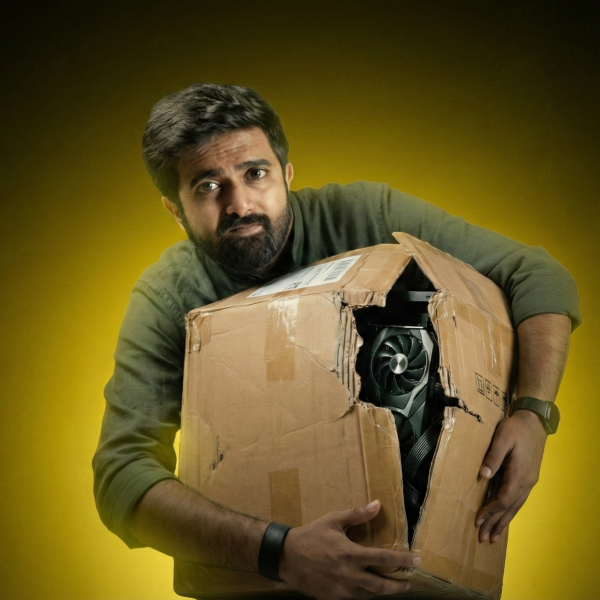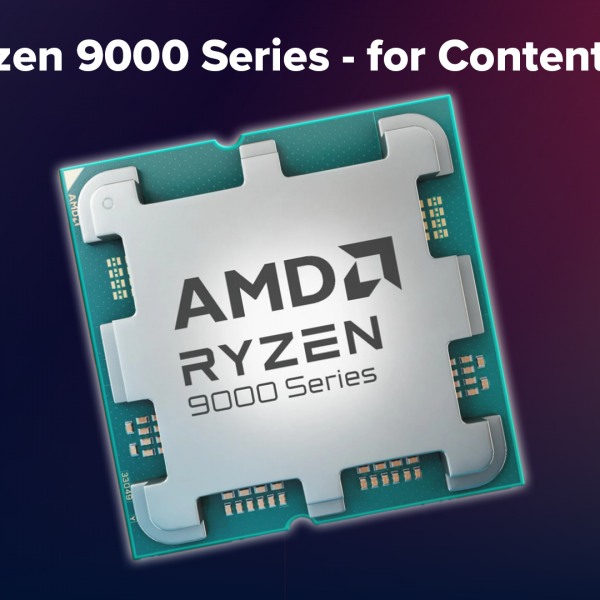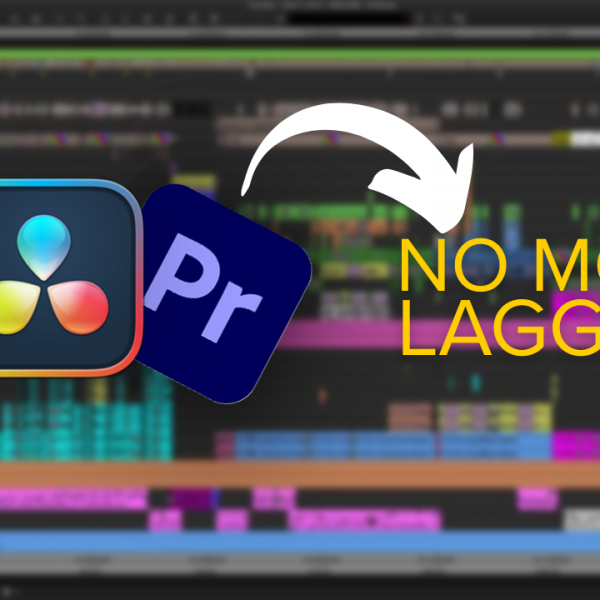With 24 million live viewers, the IPL’s audience is comparable to the population of an entire continent (Australia has 25 million people). So, how does the IPL manage to stream to so many people in real-time? Let’s dive into the fascinating world of live streaming.
The Magic Behind Live Streaming :
First, let’s talk about the cameras, drones, and mics. These devices capture every thrilling moment of the match. This footage is then transferred to computers in real-time, right in the stadium. These computers are tasked with encoding and compressing the audio and video files into a single file as the match progresses.
Think of it like your phone, where the camera records video and the mic records audio. Your phone’s processor then encodes these two into one format, usually .mov or .mp4. Simple enough, right? Now, imagine doing this for multiple camera angles and audio files simultaneously in real-time – it’s a heavy workload far beyond the capacity of a smartphone.
The Role of 3D Effects and Augmented Reality :
But what about the crazy 3D effects in IPL livestreams? Ever wondered how they’re done? Working with multiple camera angles, calculating trajectories of drones and rolling cameras, is a complex task requiring high-power computing. These tasks are performed by computers that encode the files into one package, which is then manipulated through software to create real-time 3D effects.
Augmented reality in IPL is powered by TheMVP Systems. From the live ball tracker and slow-motion playbacks to 3D pop-outs and transitions, all these effects are executed in real-time on computers built by TheMVP.
The Journey of Encoded Files :
Once the files are encoded, what happens next? The encoded files are transferred to a media server, which is also a computer but much more powerful with a bigger job to do. Consider a person in a village – they can’t view the broadcast at the highest resolution. The app automatically downgrades the quality to match the available bandwidth. Conversely, someone with a high-speed connection will receive the broadcast in higher resolution.
To facilitate this, the encoded files are exported in multiple resolutions and bitrates. The server then transfers these broadcasts to a Content Delivery Network (CDN).
The Role of Content Delivery Networks (CDNs) :
A CDN is a network of servers spread across a region, ensuring that viewers receive the broadcast from the nearest server. For instance, a viewer in Uttar Pradesh will connect to a server near Uttar Pradesh, while a viewer in Kerala will connect to a server near Kerala. This proximity reduces distance, enhancing connection speed and transfer rates.
The Final Step: Viewing the Broadcast
The last step of the process is viewing the broadcast in a video player, just like how you’re reading this blog.
Start Your Live Streaming Journey
You too can start live streaming with a PC, whether it’s for tutoring your students, recording and streaming gameplay, or even large-scale broadcasting solutions.
And if you’re looking for a professional broadcasting solution – visit our stores in hyderabad,bengaluru,gurgaon and mumbai or check out our website themvp.in to get a free consultation.

